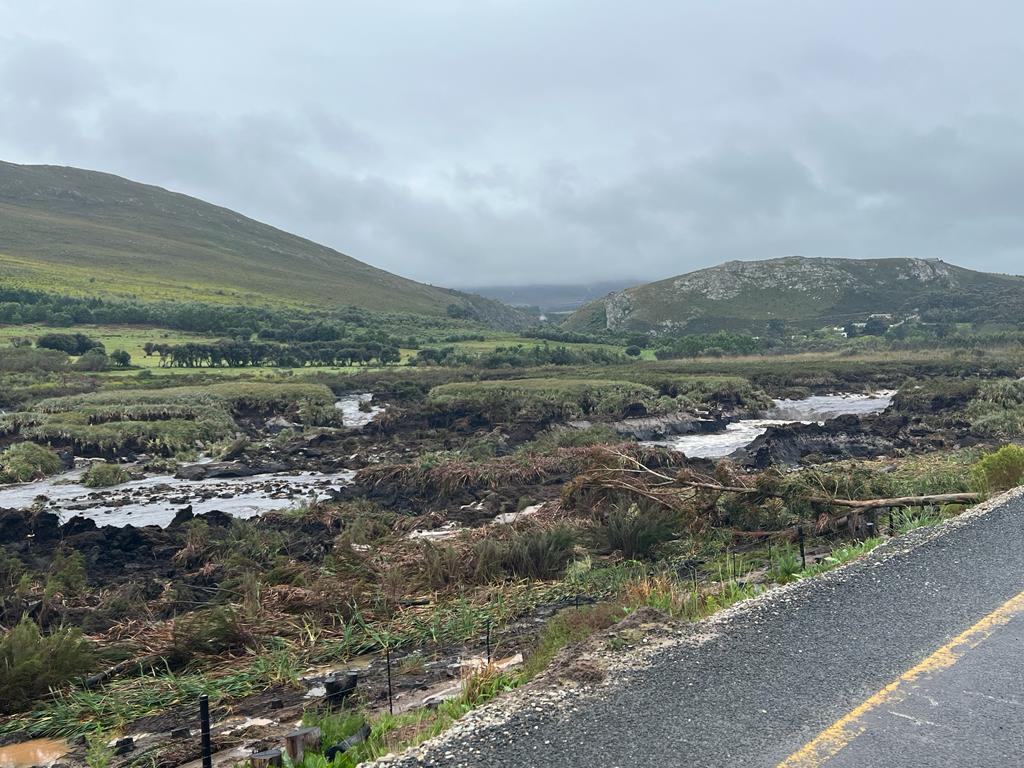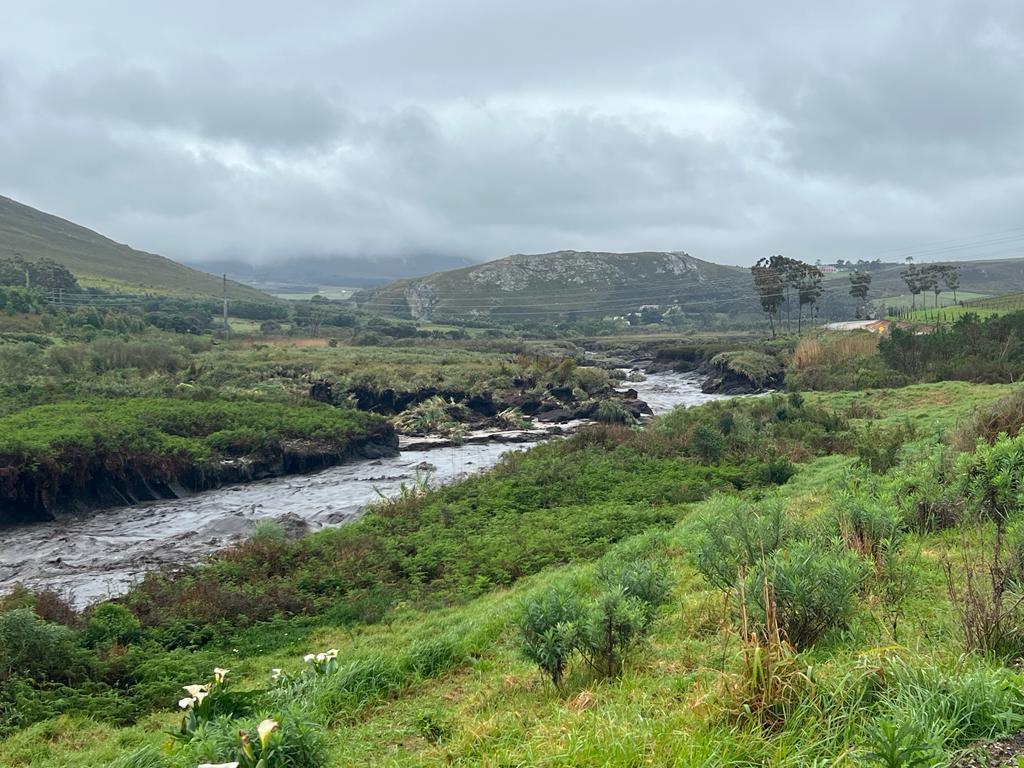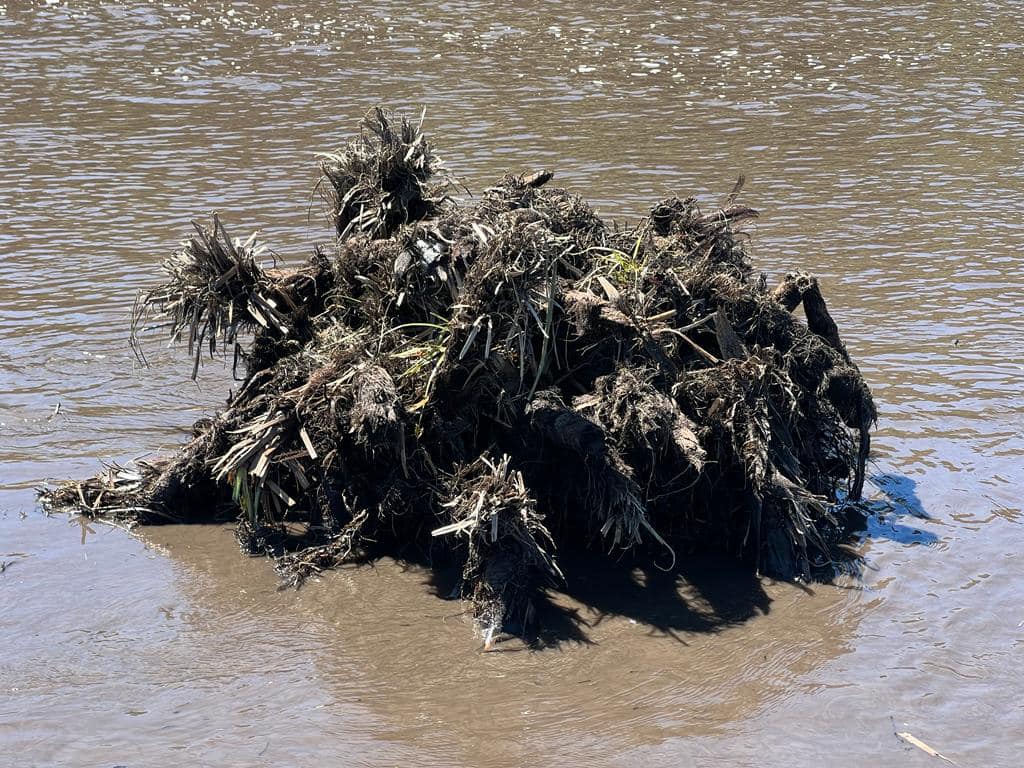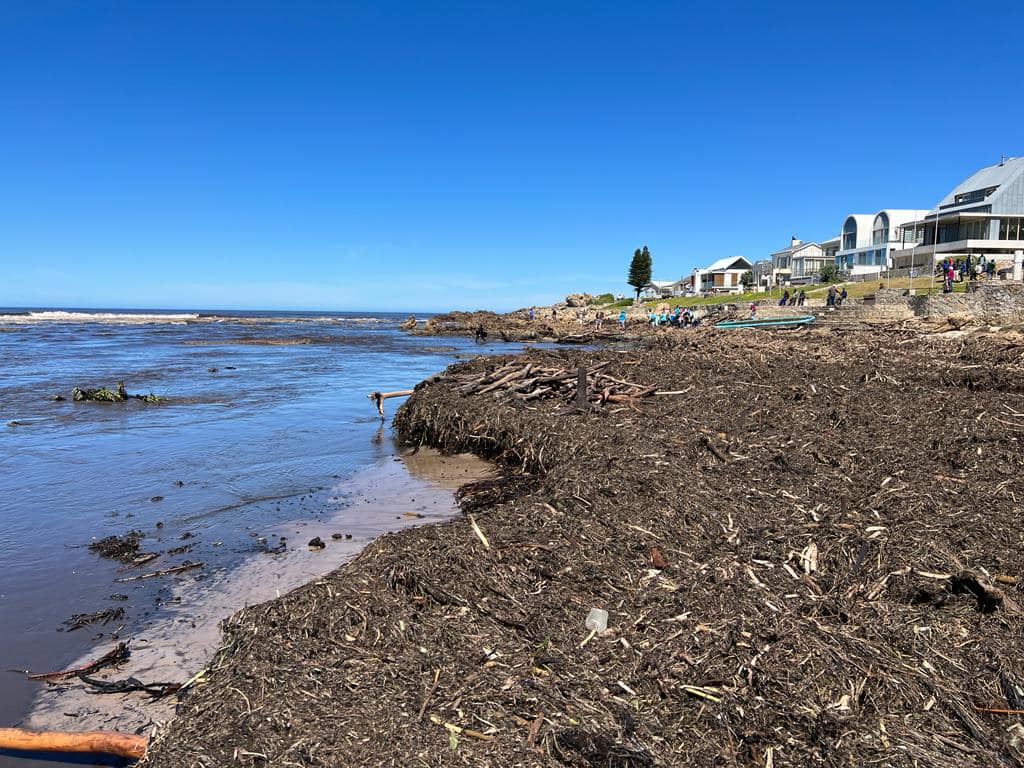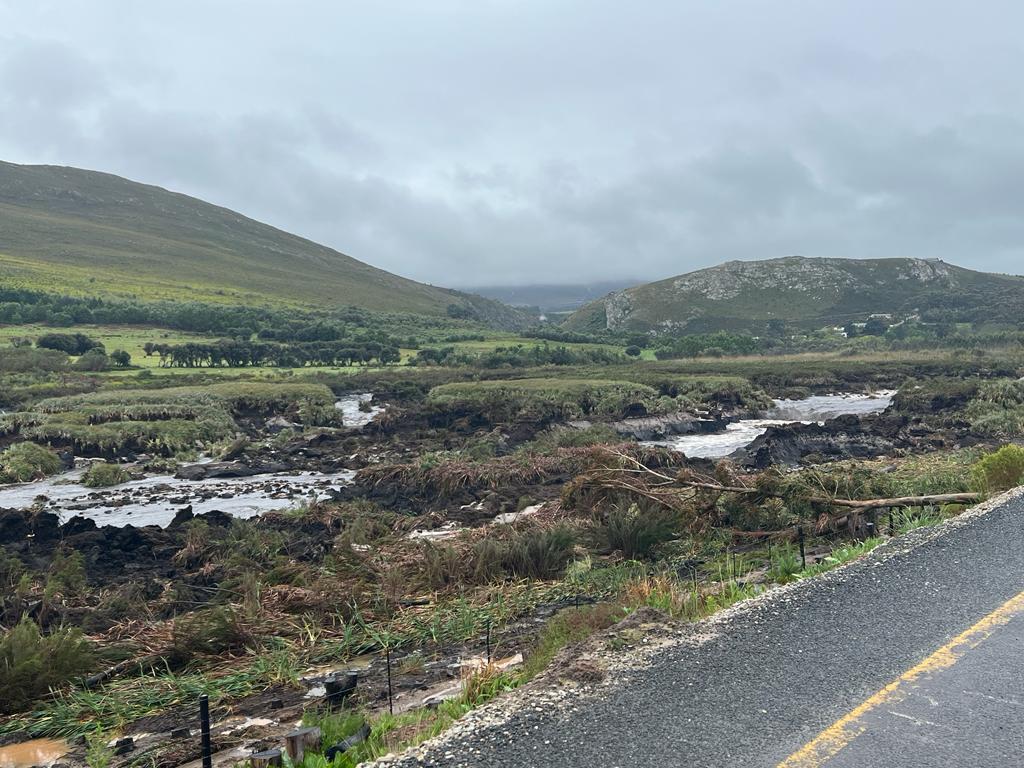World wetlands day is celebrated every year on 2 February to raise awareness about the important role wetlands play to help us prepare for, cope with and bounce back from the impacts of climate change.
Wetlands occur mostly around catchment areas and include estuaries, lagoons, marshes and rivers.
The Overstrand is home to many wetlands, such as the Paddavlei in Hawston, the Bass Lake systems in Betty’s Bay, the Mill Stream wetland system in Stanford, the Kleinmond-Lamloch Botriver wetlands and the Onrus River Palmiet/Peat Wetland.
Although all these wetlands play a critical role, Overstrand Municipality’s Environmental Management Services are currently focussing on the Onrus Wetland. This will fit in with the theme of ‘Wetlands and Human Wellbeing’ – a theme befitting the residents of the Overstrand area, especially following the 24 September 2023, Heritage Day flooding. This year’s theme highlights the significant interconnections between wetlands and human life and emphasises how all aspects of human wellbeing are tied to the health of the Earth’s wetlands.
In 2019 it was identified that the Onrus Wetland is also a peatland, but after many years of degradation, the resilience of the ecosystem decreased. The Onrus Peat Wetland was unable to fulfil its function of flood attenuation due to the various impacts that it has faced over the past years. The impact of constant fires, drought, floods and ongoing erosion, has led to one third of the wetland being altered and with the large flood in September 2023, the unstable pockets of palmiet-covered peat could not withstand the force of the flood waters and washed large sections and blocks of the 10000-year-old peat away, until only a third of the intact wetland remained. These blocks of peat, and other debris, was washed away to the Onrus Beach, leaving the swimming area under water and consequently full of harmful debris. This threatened the Onrus Beach’s Blue Flag status and resulted in the closing of the beach. For more information on this article go to www.overstrand.gov.za
Due to the wetland being a peatland as well, its value significantly increases as only 3% of the Earth’s surface consists of peatlands, making the Onrus Peatland an extremely rare and unique system. The unique properties of peat in a wetland allows for additional ecosystem services, such as increased capacity for climate regulation, water quality and quantity regulation, biodiversity conservation, and waste assimilation (Grundling et al, 2017). It is important to note that peatlands are the largest natural terrestrial carbon store and can store more carbon than all other vegetation types in the world combined. Therefore, when a peatland is damaged, it releases carbon, making it one of the major sources of greenhouse gas emissions in the world.
Large floods qualify as natural disasters and can be very destructive and lead to damage to property, agricultural land and infrastructure and in the worst case, loss of life. Floods can however play a vital part in many ecosystems, for example, lateral connectivity between rivers and their floodplains during flood pulses, as a key driving force for the river ecosystem, by bringing in water and nutrient-rich sediment, providing fertile soils, habitats for birds, spawning grounds for fish and natural irrigation, which provides lush grasslands for animals.
Indeed, for many wetlands flood inundation is necessary for their survival and hence upstream efforts to reduce flooding, can threaten the existence of wetlands. There are many ways in which a flood could be altered by wetlands. By holding back some of the flood waters and slowing the rate that water re-enters the stream channel, wetlands can reduce the severity of downstream flooding and erosion.
